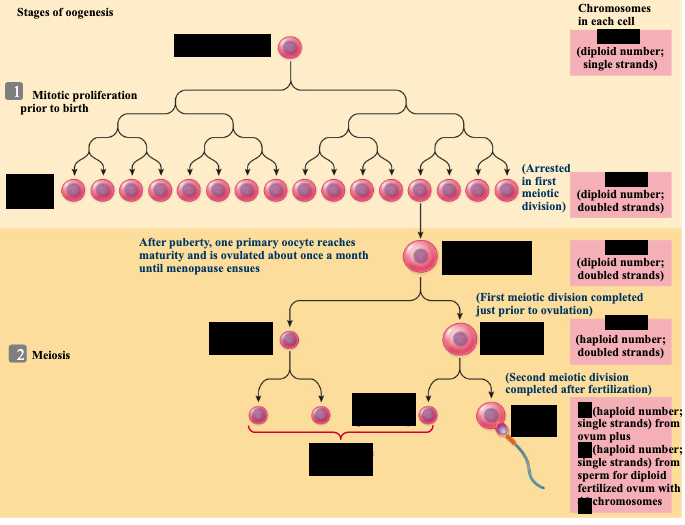PSIO 743 - Graduate Physiology Fichas sobre Lecture 10, 11, & 12 - Endocrine, Reproduction 1-3, creado por Marissa Alvarez el 30/10/2019.
Pineado a
2
0
0
Sin etiquetas
|
|
Creado por Marissa Alvarez
hace alrededor de 5 años
|
|
Cerrar








